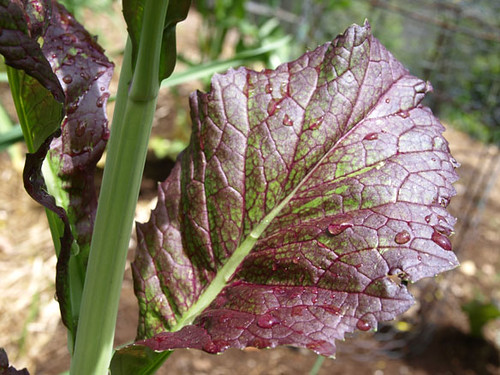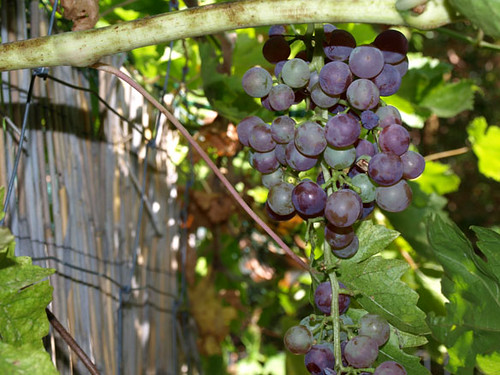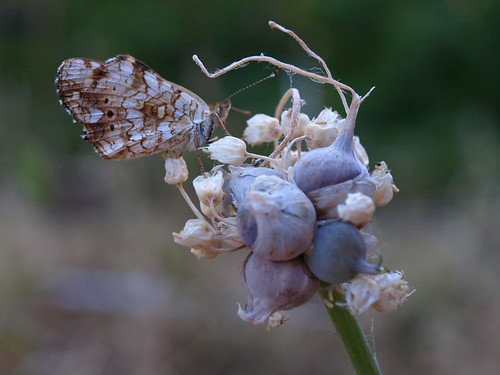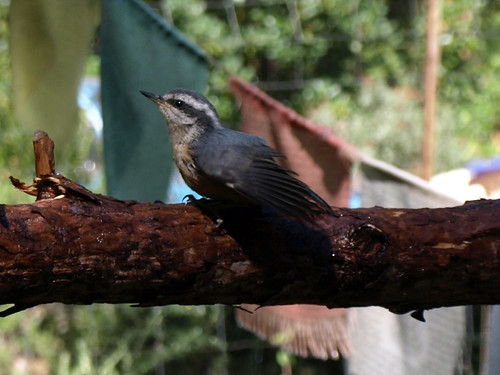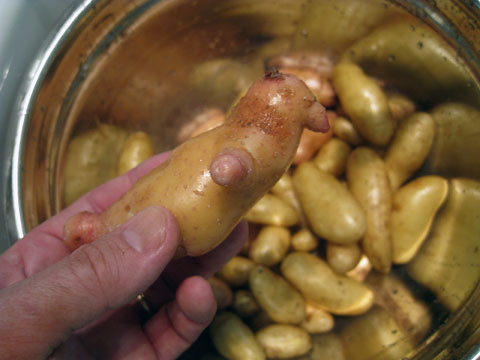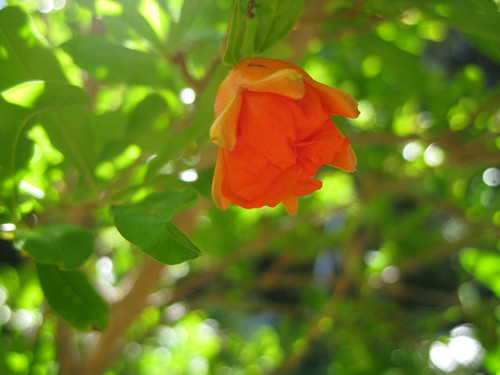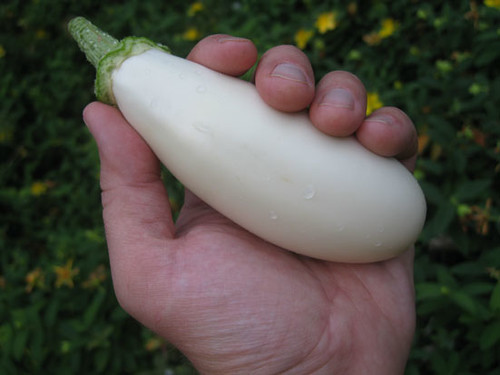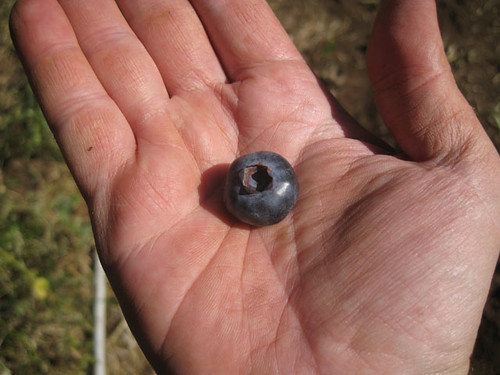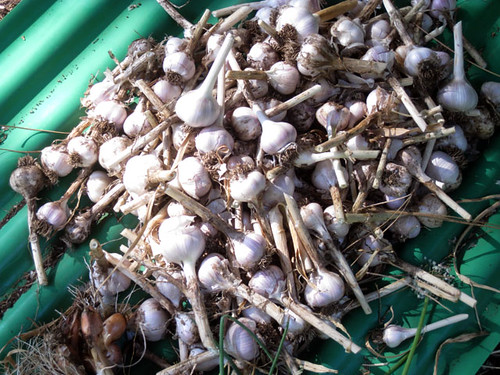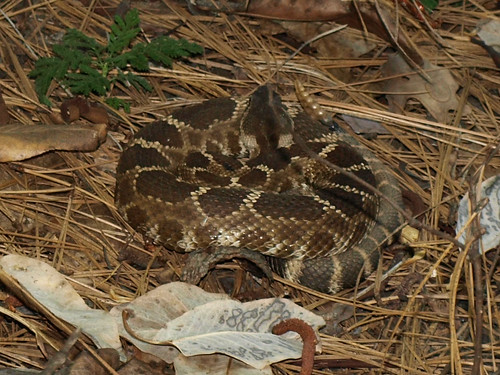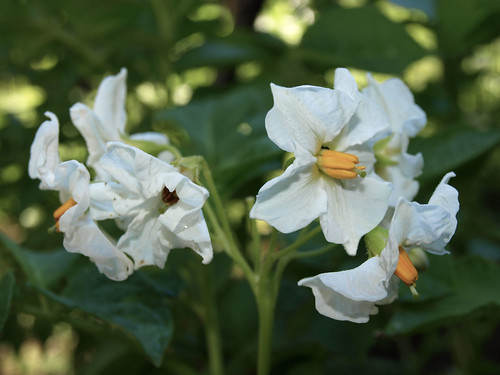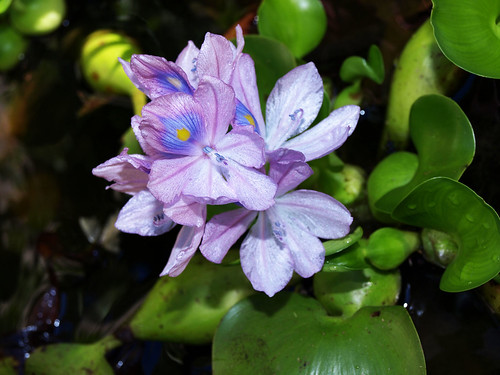I’ve been working on selecting plants to fill out the various levels in the food forest. I’m basing my selections on the following criteria:
- Prior history of local success. That is, do the plants succeed in the garden proper, or the forest?
- Availability. My intention is to propagate and/or grow plants from seed.
- Suitability. This is perhaps the most obvious one, but the plants must of course be the right height and habit for their intended purpose and place in the food forest.
I’ve got the first round picked out, and have even planted a few. Here’s the breakdown by level:
Level One – Canopy
I’m integrating the food forest into an existing forest forest, so this level is occupied by the native cedars, madrones and oaks already happily in place.
Level Two – Low Tree Layer
I’ve got an old cherry tree on a suckering rootstock, and I’m going to use that for starters. I’ve already planted one small tree, and it’s taken splendidly. I’ve still got to figure out what other small fruit or nut trees might fill this niche.
Level Three – Shrub Layer
Lots of good choices here, and for now I’ve settled on blueberry, red currant, black currant, gooseberry, jostaberry, elderberry, and aronia. I’m currently rooting the first four, and will take cuttings of the last three when the time is right. I’ve planted a few blueberries, currants and gooseberries from cuttings taken last winter.
Level Four – Herbaceous Layer
In the initial phase, this layer will be occupied by comfrey, sorrel, and rhubarb, and in the drier, hotter western portion of the plot, various Mediterranean herbs like rosemary, sage and oregano.
Level Five – Rhizosphere
Below ground (and in most cases, above ground too – sunchoke gets quite tall!), the food forest will have horseradish, sunchoke, and if they’ll overwinter – cross your fingers – Bolivian Sunroot. I’d like to use ginseng, but haven’t had much success with it – it’s a little too hot here, and a little too dry.
Level Six – Soil Surface
All around on the ground will be strawberry and lingonberry, and probably self-heal and other low-growing mints such as yerba buena (Clinopodium douglasii).
Level Seven – Vertical Layer
So far, hops and various kiwis (both Actinidia deliciosa and A. chinensis) will serve as the climbers. At some point, I’d like to see if the California wild grape will work at my elevation. I sort of doubt it, but one never knows.
Things are coming together. Now if I can just keep the bear out of the compost. She was back again last night, and tore up my little memorial pond in order to eat the roots of a particular water plant (?).

